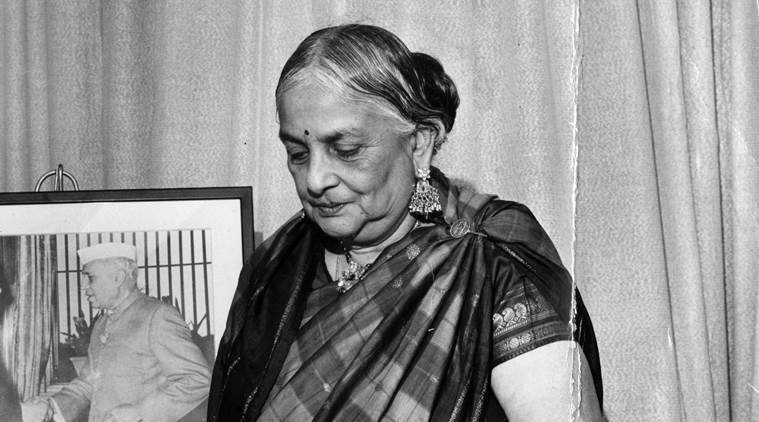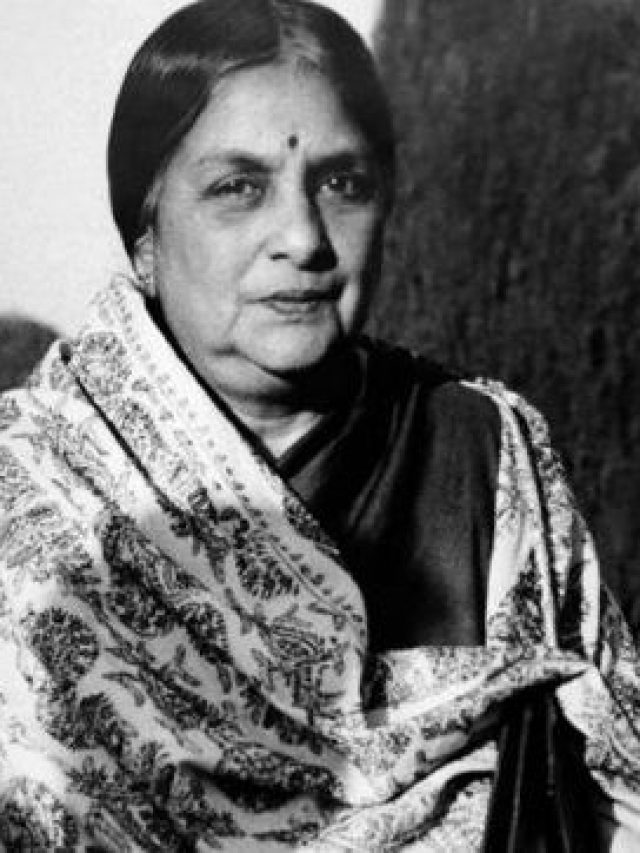Kamaladevi Chattopadhyay, an often overlooked and forgotten figure, was far more than a mere sum of her achievements. Widely recognised as the driving force behind the revival of India’s diverse craft traditions and a staunch advocate for “tribal art” after independence, Kamaladevi Chattopadhyay’s influence extended beyond her expertise in Indian handicrafts. She played a significant role in nurturing artisans, shaping cultural institutions, and promoting dance, drama, theatre crafts, music, puppetry, pottery, and textiles in independent India. She remains etched in history for her profound contributions to the Indian independence movement and her tireless efforts to improve the socio-economic conditions of Indian women.
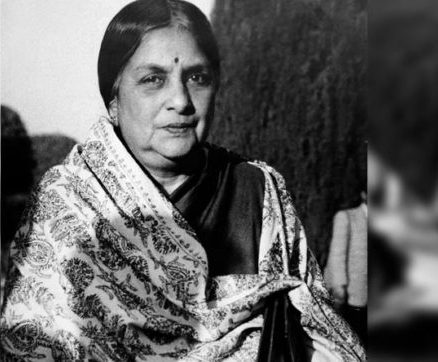
Her deep-rooted conviction in India’s artistic legacy was instrumental in the post-independence resurgence of its handicrafts. Her wide-ranging contributions across socio-cultural and political domains in India from the 1920s to the late 1980s solidified her status as a trailblazer.
Quick Read:
Born into a Saraswat Brahmin family on April 3, 1903, in Mangalore, Karnataka, grew up as the youngest of four daughters. At the age of 14, she entered into her first marriage, but tragically became a widow within two years. While pursuing her studies at Queen Mary’s College in Chennai, she crossed paths with Harindranath Chattopadhyay, whom she would later marry at the age of 20. Eventually, Kamaladevi accompanied her second husband to London, where she pursued a diploma in Sociology at Bedford College, University of London. It was during her time in London that she first learned about Mahatma Gandhi’s Non-Cooperation Movement in 1923. Inspired by Gandhi’s ideals, she returned to India and joined the Seva Dal, an organisation dedicated to social upliftment.
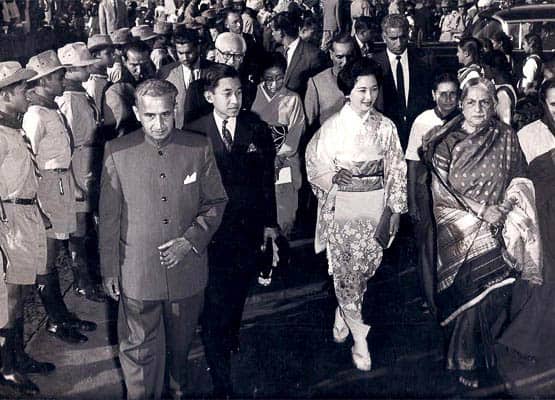
During the 200-year British rule, many crafts faced the threat of extinction, putting India’s rich cultural legacy at risk. However, through her relentless efforts, Kamaladevi emerged as a champion of Indian crafts and played a pivotal role in their revival and preservation. Her approach was characterised by simplicity and humility as she built strong relationships with craftspeople, advocating for their inclusion in government-sponsored training programs. She also took great strides in forming crafts communities and facilitating access to markets through exhibitions and exports, ensuring the sustainability and growth of these crafts. She played a vital role in founding the Cottage Industries Board (CIB), the Indian Cooperative Union (ICU), the All India Handicrafts & Handloom Board, the Cottage Industries Emporium, Regional Design Centres, and various Marketing Clinics across different regions. These initiatives provided much-needed support to craftspeople and facilitated their integration into the larger economy. Furthermore, Kamaladevi’s influence extended to the cultural sphere, as she played a significant role in establishing the Crafts Council of India (CCI) and the Crafts Museum. Under her guidance, the CCI held an annual exhibition called “Kamala” to showcase the products created by craft communities in collaboration with the council. Her commitment to promoting crafts and empowering artisans also led to her appointment as the Vice President of the World Crafts Council. When Kamaladevi assumed the position of Chairperson of the All India Handicrafts Board in 1952, she faced tremendous challenges. The aftermath of independence and partition left many craftspeople displaced and unsettled. Nevertheless, her indomitable spirit and unwavering determination drove her mission to revitalise the handicraft sector in India.
She dedicated her efforts to the revival and promotion of several crafts, such as Kalahasti Kalamkari, Pochampalli, Jaipur Blue Pottery, Nandra Buti in Indigo, and Toda Embroidery, among others. Recognizing the significance of these traditional art forms, she actively engaged with artisans and communities involved in these crafts, working tirelessly to ensure their preservation and revitalization.
She brought about a much needed renaissance within the craft sector in India, at a time when it was much needed. In the publication, ‘The Arts and Man (Paris 1960) by UNESCO, Chattopadhyay states,“Craft has always been a basic activity in human society, in fact, it is considered more cohesive and permeating in human relationships than even language, for it can penetrate many barriers to communication. Particularly has this been true of the older societies such as those in Asia, South and Central America, Africa and countries like Greece or Spain, where aspects of the ancient cultures still continue to produce powerful impressions that almost seem ageless.”
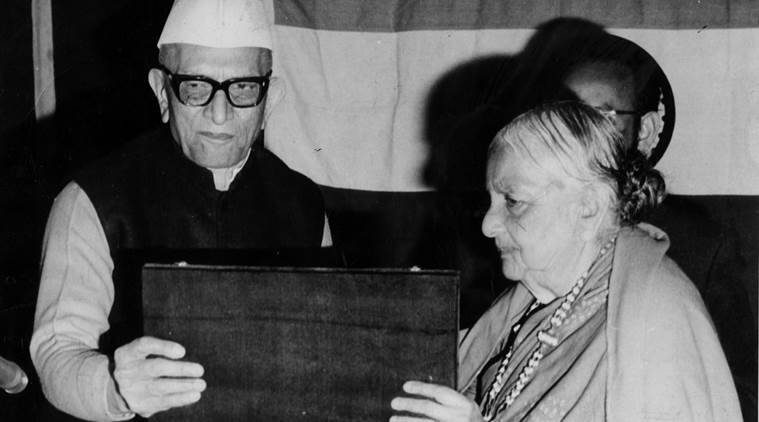
She was instrumental in conceptualising the Indian National Theatre (Now known as National School of Drama), and is a published author and recipient of UNESCO award for her contributions for the public. She passed away in October, 1988 at the age of 85.

Contributor

